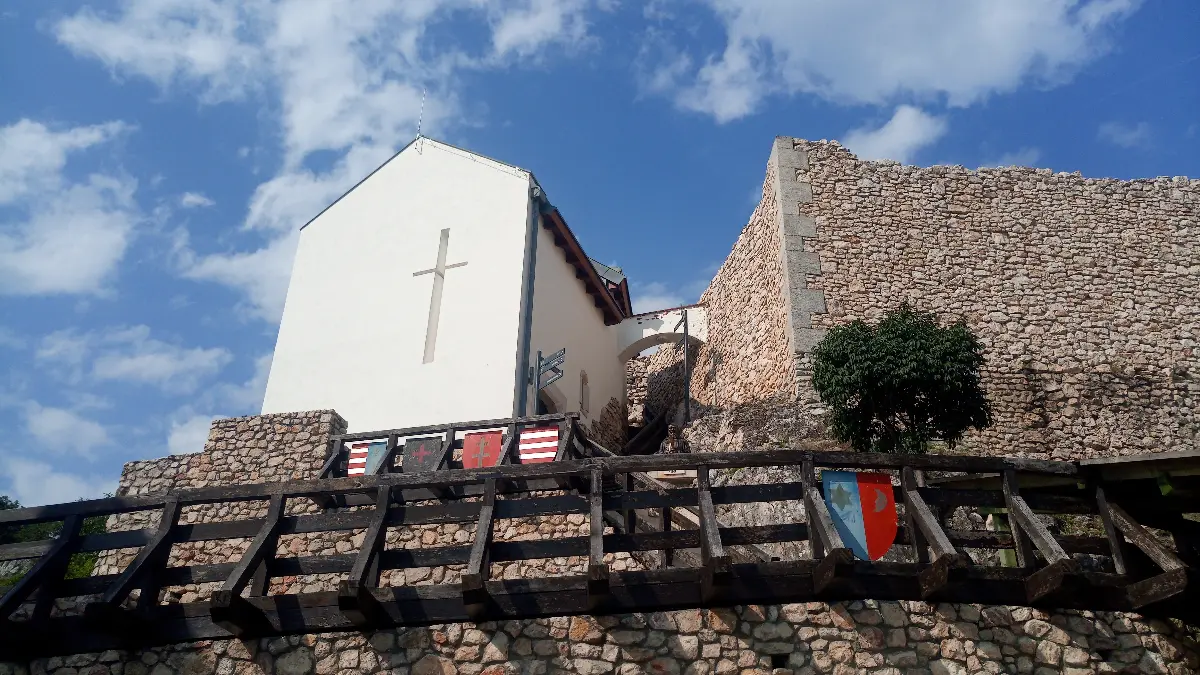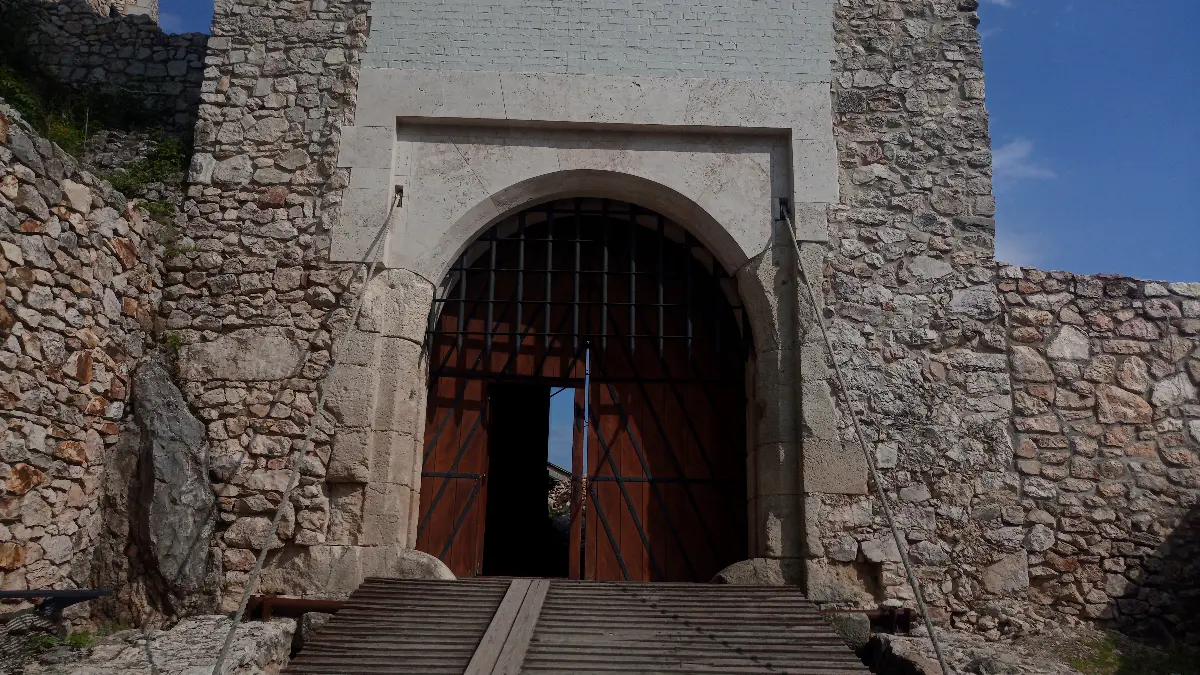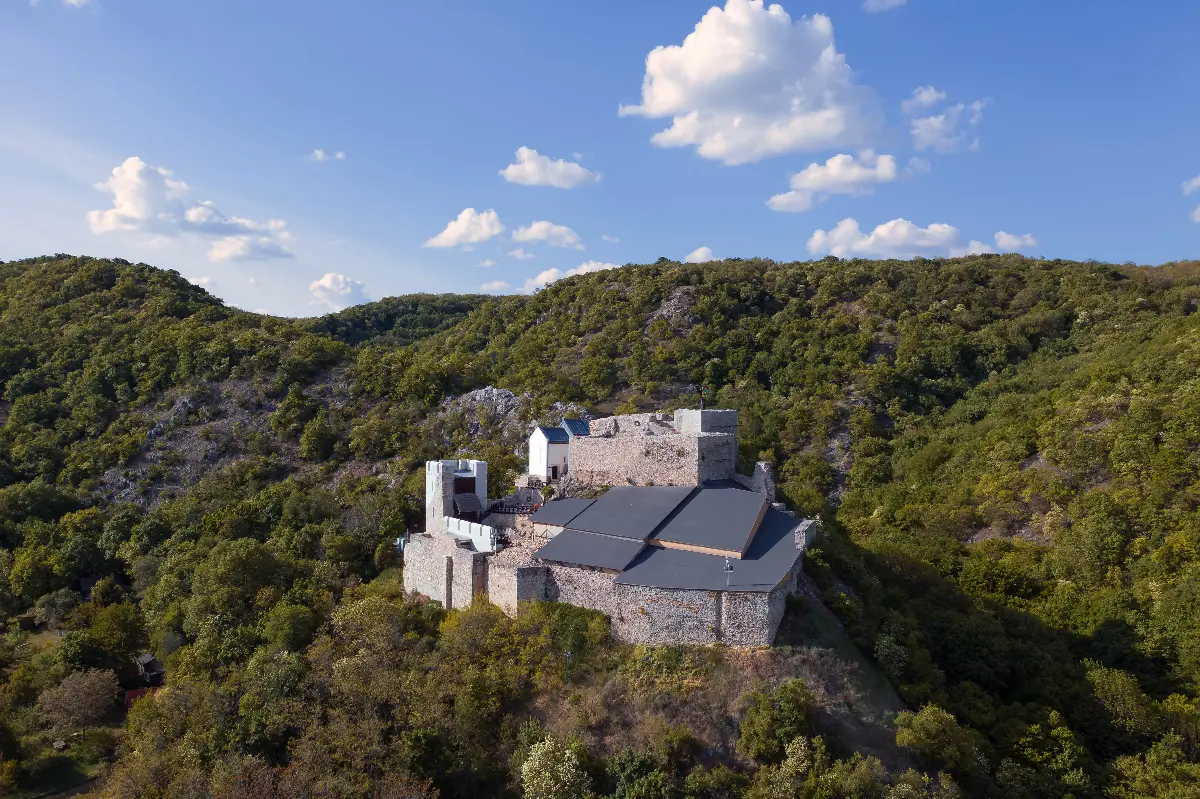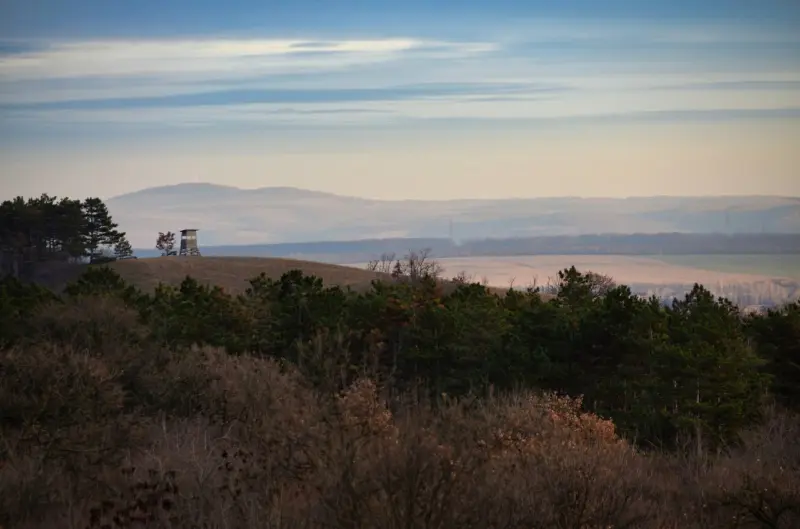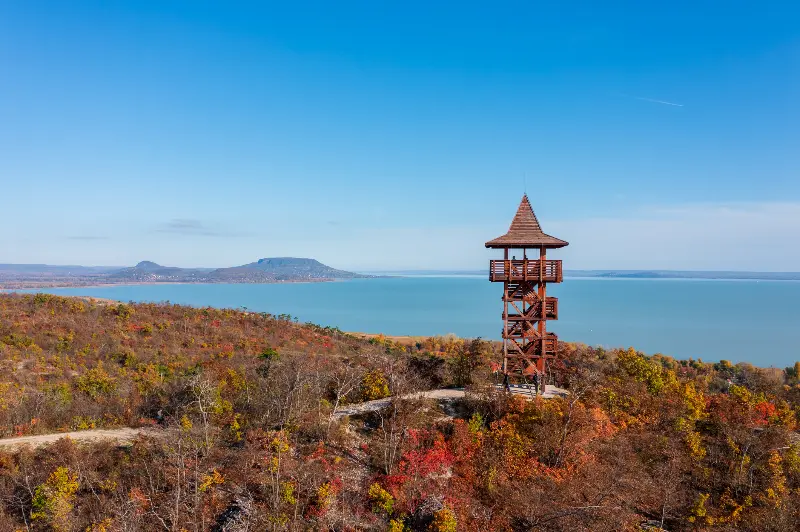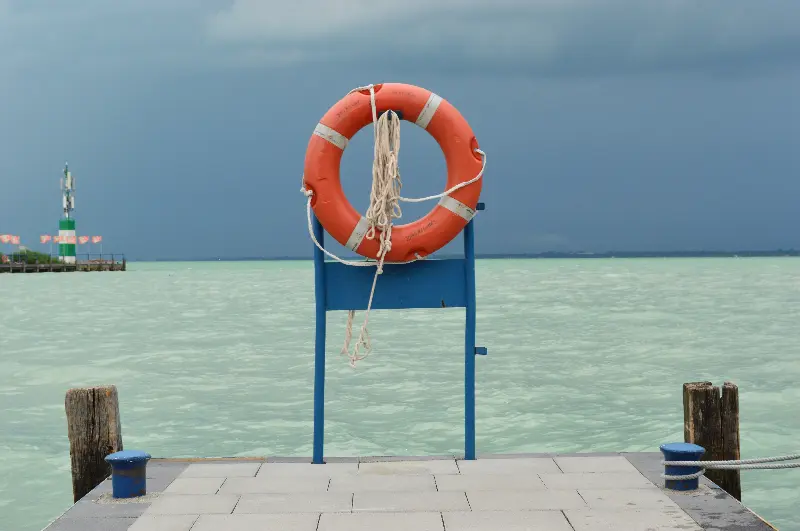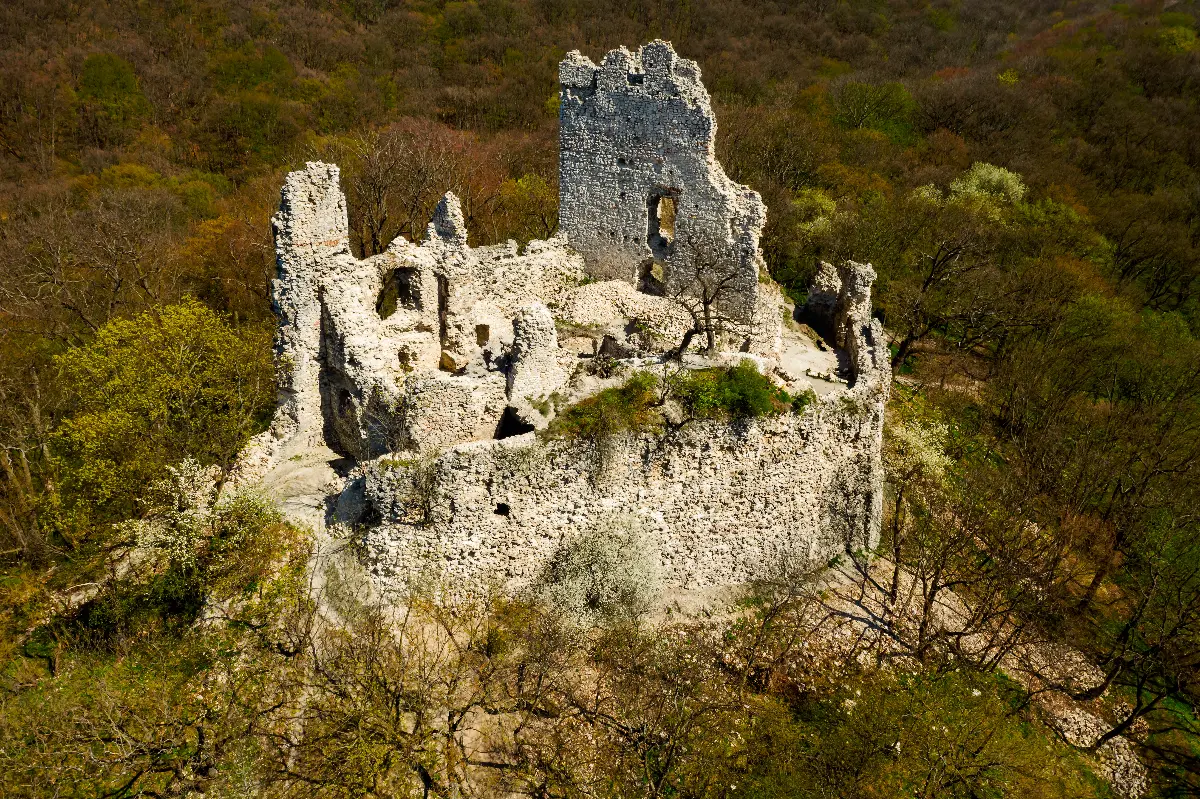
Helyszín címkék:
The castle belongs to us! - Wandering around the castles of the Vértes
Káldi Emese
Just look at the map and you can see that the Vértes Mountains between Tatabánya and Székesfehérvár were once a major fortress system. At the highest points of the mountain range, you will often find a ruined castle, which is a great place for hiking.
The name of the Vértes shows that the slopes of the mountain range have been a battlefield for centuries - and the traditions showed in the time of Andrew I, in the mid-1000s, the armies of the German-Roman emperor ran from the brave Hungarians, leaving their breastplate behind, and the name was stuck after the thousands of thrown, shiny breastplates.
According to other explanations, the Vértes got its name from the row of castles, since this line of defence protected the country as an armour line. Anyway, the Vértes was the territory of the Csák clan, who were served for almost three hundred years by the people living in the area. And they built their estates with a steady hand, sparing no sacrifice. In the Vértes we can still find traces of the Csák people, since Csákvár or Csákberény also preserves the name of the clan, as does Csák Castle, which lies on the route of the Countrywide Blue Tour in Hungary. Today the castle is just a ruin, its stones having been removed over the centuries to make way for construction in the surrounding area - among others to the Majk Abbey. Thus, nature has now more or less reclaimed the once wedge-shaped castle, but if you are vigilant, you may notice parts of the building's walls hugged by trees. The place is also known as the ‘Oroszlánkő’ (Lion Stone), named after the lion that adorns the coat of arms of the Csák family, as well as the nearby town of Oroszlány.
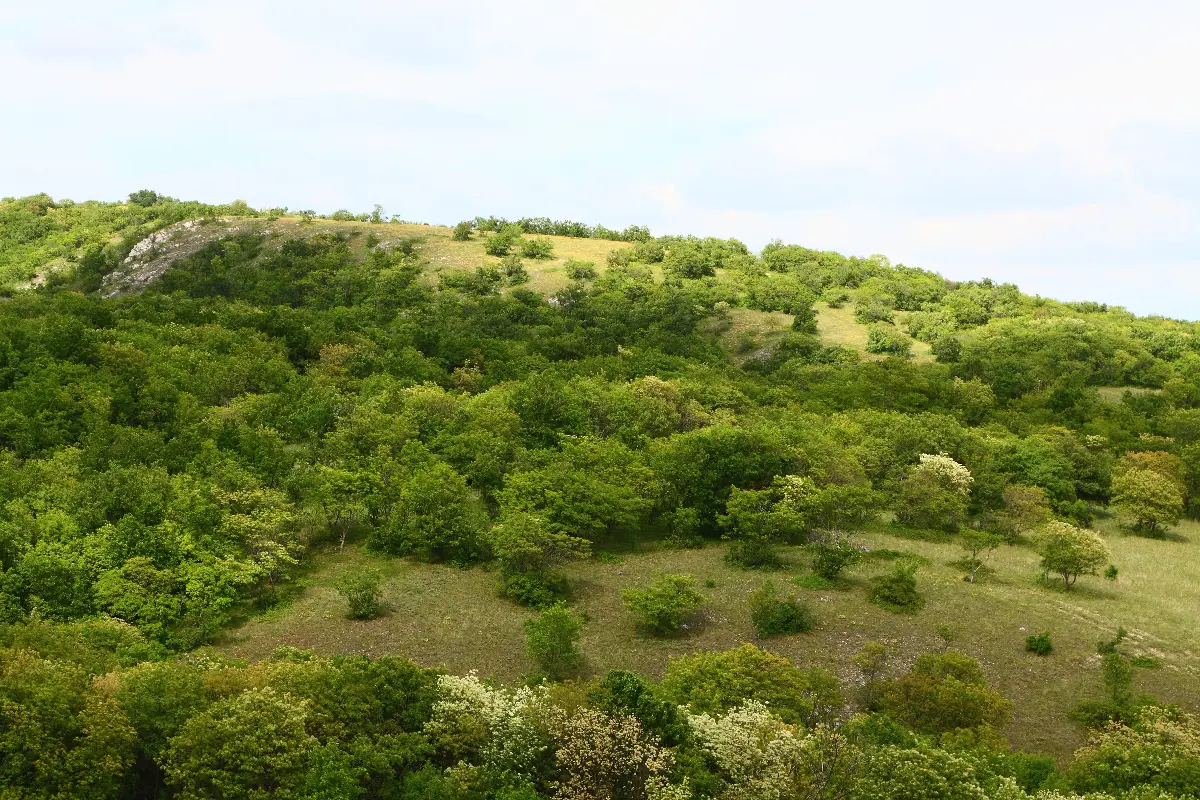
Castle rescue, lady rescue
But thanks to an association that has been active since 2011, Vitányvár, near Tatabánya in the Vértes Mountains, is beginning to escape the clutches of nature. The Circle of Friends of Vitányvár regularly organise castle rescue days, when saws and pruning shears are brought out and the castle's bushy walls become more visible after a full day of hard work. No wonder this tireless team is so enthusiastic about the castle: Vitány Castle is mesmerising, even if it is ruined. The stone walls of the once two-towered building on the hilltop, about 30-45 minutes walk from the spring factory in Tatabánya, are still spectacular, with some parts almost intact and the view is magnificent.
The castle built by the Csák family also makes your heart pound in another sense: it is linked to a legend of love. In the time of King Matthias that the local constable of the castle and the daughter of the lord of the neighbouring Gerencsérvár fell in love, but the girl's father refused to hear of the relationship. As is usual, an elopement ensued, and after infighting, the enraged father forcibly took his daughter back to his castle and had her walled up. Then Imre Hédervári, the captain in love, asked for the help of King Matthias, who immediately arranged the matter, so the lord of Gerencsérvár was forced to let his daughter - who was fed through a gap by a brave servant - go to Vitányvár. They got married and the two neighbouring castles lived side by side in peace.
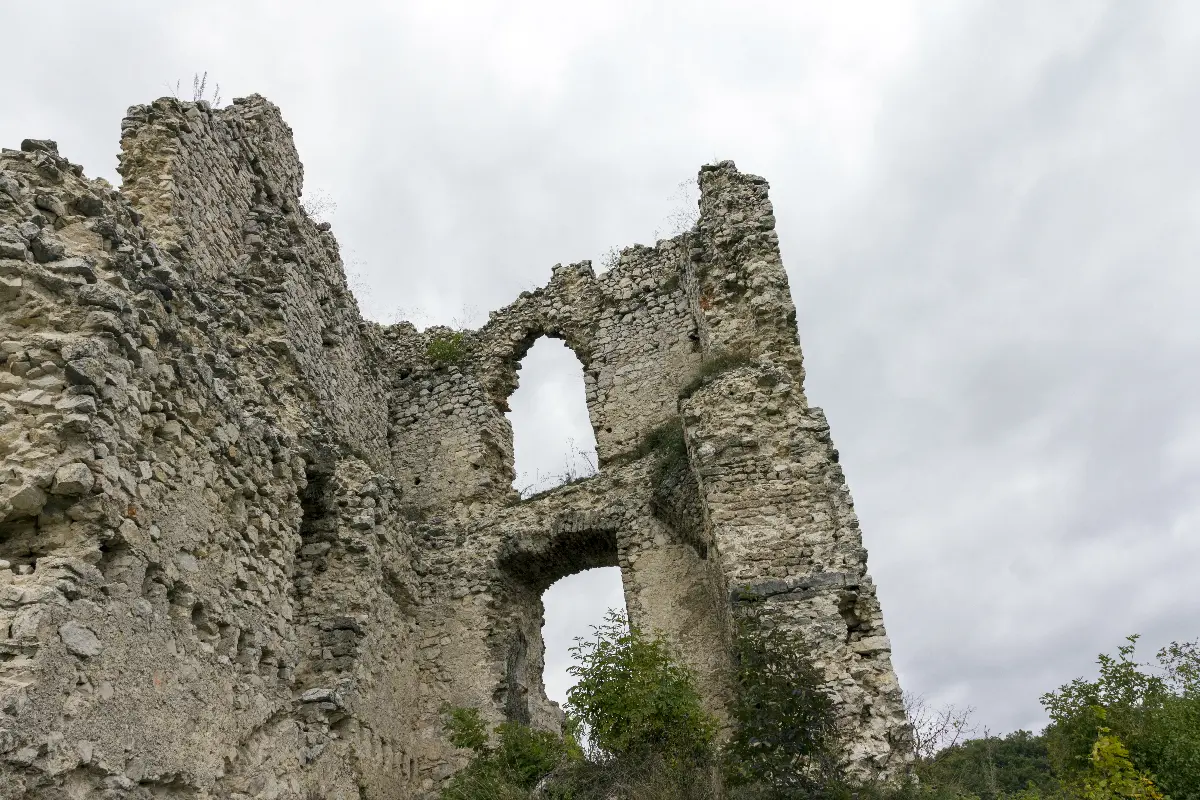
The recently renovated Csókakő castle is the most similar to its former self of all the other fortifications in Vértes. Accessible in 10-15 minutes from the nearby car park, the Gothic building is divided into two parts: a lower and an upper castle. The latter was built earlier, with the three-storey residential tower and attached palace wing, and only in the 15th century was the lower part added, where the chapel and the spectacular gate tower stand. Serving as a fortress in Turkish times, it was of great military importance because of its proximity to Székesfehérvár, and although the Turks eventually captured it, they did not destroy it but used it. If you climb up the castle hill, you can see why the castle was an important defensive location: you can see very far from its walls. Here, gazing at the beautiful landscape of the Mór wine region, you can imagine yourself as a real castle guardian!
